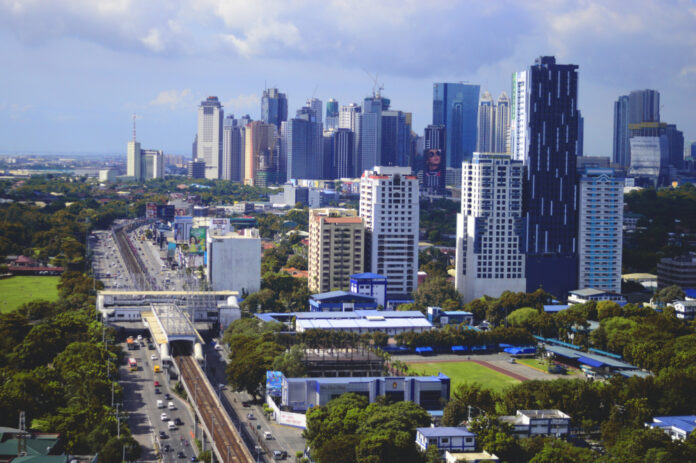Real estate consultancy Prime Philippines projects Quezon City to be the biggest beneficiary of Metro Manila’s upcoming railway expansions, underscoring significant economic and policy implications for the city’s growth.
According to Prime’s recent research, the completion of MRT-7 will increase Quezon City’s stations from 11 to 18, extending connectivity northward to San Jose Del Monte, Bulacan, and southward to Pasay. Central to this infrastructure upgrade is the Unified Grand Central Station — a 13,700-square-meter intermodal hub linking LRT-1, MRT-3, MRT-7, and the Metro Manila Subway. Strategically located between major commercial centers SM North EDSA and Trinoma, this station will act as a critical interchange, integrating rail systems with buses, jeepneys, and taxis to create a seamless transit network.
Prime Philippines highlights the improved accessibility will enhance labor mobility and stimulate new commercial hubs around these transit nodes, reinforcing Quezon City’s position as an economic powerhouse. The company noted the rising industrial momentum across Metro Manila, with Quezon City’s logistics and warehousing sectors benefiting from unmatched connectivity via key routes like Harbor Link, Mindanao Avenue, and Quirino Highway—ideal for wholesale and e-commerce players targeting northern Luzon and beyond.
The real estate firm also points to robust tenant demand in core areas, evidenced by full leasing of a 20,000-square-meter property in Commonwealth. This industrial confidence is mirrored by plans for significant facilities in neighboring cities such as Ayala Logistics’ 14-hectare project in Caloocan and new developments in Taguig.
However, Prime flags a gap in Quezon City’s office market: despite growth, the city lacks a true Grade A office development. Many new offices offer bare shell units rather than fully fitted premium spaces typical of premier Central Business Districts like BGC and Ortigas. This gap presents an opportunity for developers and landlords to meet evolving tenant preferences by delivering move-in ready offices or partnering with co-working operators—a sector currently underdeveloped in Quezon City.
From an economic policy perspective, the railway projects and accompanying infrastructure upgrades position Quezon City as a critical logistics and commercial hub. Policymakers could leverage this momentum by promoting transit-oriented development, encouraging investment in quality office spaces, and integrating transport planning with urban economic strategies. Doing so can sustain Quezon City’s growth trajectory, attract diverse industries, and improve quality of life through better connectivity and job accessibility.
As Prime Philippines concludes, the convergence of transport infrastructure and real estate dynamics places Quezon City at the forefront of Metro Manila’s economic transformation — a trend with far-reaching implications for urban planning and economic policy in the capital region.







